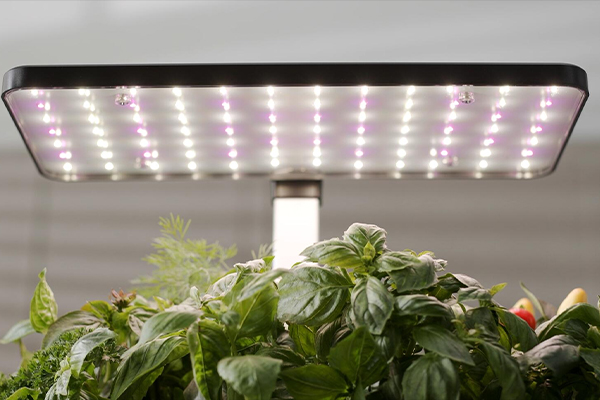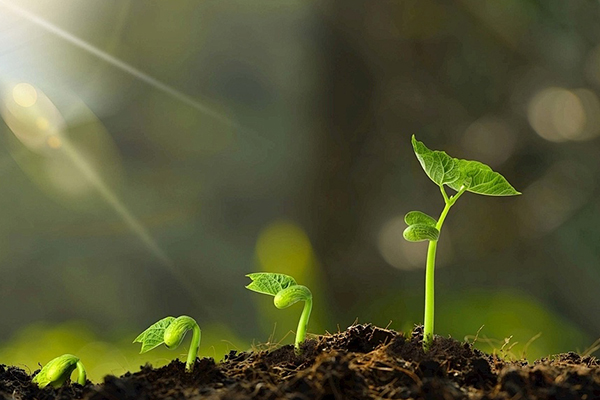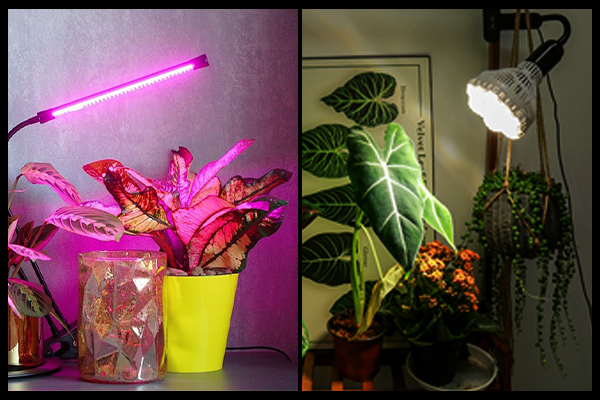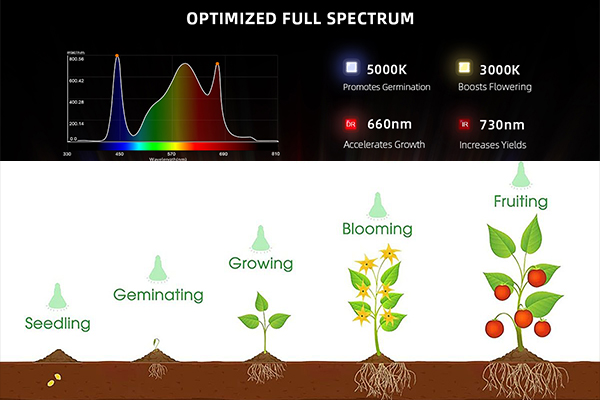How to Reduce Heat from LED Lights?
Product Introduction
How Do Grow Lights Work?

Plants struggle indoors without sunlight. Grow lights promise a solution, but do they really work?
Grow lights mimic sunlight to support plant photosynthesis indoors. Their effect depends on light spectrum, duration, and intensity.
Don’t leave your houseplants in the dark. Keep reading to learn how grow lights truly work and how to use them.
Do grow lights for plants actually work?
Most indoor plants can’t thrive without light. Grow lights claim to replace sunlight, but can they really do the job?
Grow lights help plants grow by simulating the light spectrum they need for photosynthesis.

What Makes Grow Lights Effective?
Not all lights help plants. To work well, grow lights must match the wavelengths plants use for photosynthesis. Plants mostly use red and blue light. These support leaf growth, flowering, and energy production. Here’s how different colors affect plant development:
|
Light Color |
Effect on Plant Growth |
|
Blue |
Leaf and stem development |
|
Red |
Flowering and fruit production |
|
Green |
Least absorbed; mostly reflected |
Why Grow Lights Work Indoors
In my experience, grow lights have made a huge difference for my indoor herbs. Without them, my basil grew tall and weak. With a full-spectrum light, it grew bushy and strong. This is because indoor lighting doesn’t provide enough of the needed light spectrum. Grow lights fix this by offering targeted wavelengths in the right intensity.
Limitations of Grow Lights
Grow lights aren’t magic. If the plant lacks water or nutrients, it won’t thrive, even under perfect lighting. Also, low-quality grow lights may not provide the right balance of red and blue light. That’s why understanding the basics of how grow lights interact with photosynthesis is key.
Can any LED light be used as a grow light?
LEDs are everywhere. They’re efficient and bright. But can you just point a desk lamp at your plant and expect it to grow?
Regular LED lights may emit some usable light, but they lack the spectrum and intensity plants need.

What’s the Difference Between Regular LEDs and Grow LEDs?
A standard LED bulb lights up your room. But plant growth needs more than brightness. It needs specific colors. Here’s how they compare:
|
Feature |
Regular LED |
Grow LED |
|
Light Spectrum |
Mostly white/yellow |
Red and blue heavy |
|
Intensity |
Lower for plants |
Higher PAR (Photosynthetically Active Radiation) |
|
Energy Efficiency |
High |
Also high, with better plant results |
|
Cost |
Lower |
Higher, but more effective |
Why Regular LEDs Fall Short
I’ve tested using a regular LED desk lamp for a pothos plant. It kept the plant alive, but the growth was slow and pale. When I switched to a red-blue grow light, new leaves started forming in a week. That’s because regular LEDs are made for our eyes, not for photosynthesis.
How to Choose the Right LED for Growing
If you want to try LEDs, look for ones labeled “full-spectrum grow lights.” These usually provide the red and blue peaks that plants love. Some even mimic daylight to make your room look natural while helping your plants.
How many hours a day should you use grow lights?
More light means more growth, right? Not exactly. Plants need rest too, just like people.
Most plants need 12 to 16 hours of grow light per day, depending on their type and growth stage.

Understanding Plant Light Cycles
Plants follow rhythms based on sunlight. These are called photoperiods. Depending on their category, they need different light schedules:
|
Plant Type |
Light Needed per Day |
|
Short-day plants |
10–12 hours |
|
Long-day plants |
14–16 hours |
|
Day-neutral plants |
12–14 hours |
My Experience with Timers and Overexposure
I once left my grow lights on for 24 hours. The result? My lettuce started curling and showing signs of stress. Plants need dark time for respiration. Now I use timers to stick to a 14-hour schedule, and my greens grow lush and happy.
Finding the Right Balance
Too little light causes weak growth. Too much can harm leaves or waste electricity. The trick is to mimic the plant’s natural environment as closely as possible. For seedlings, longer light is helpful. For mature plants, 12 hours is usually enough.
Conclusion
Grow lights work when used correctly, with the right type, spectrum, and schedule.
